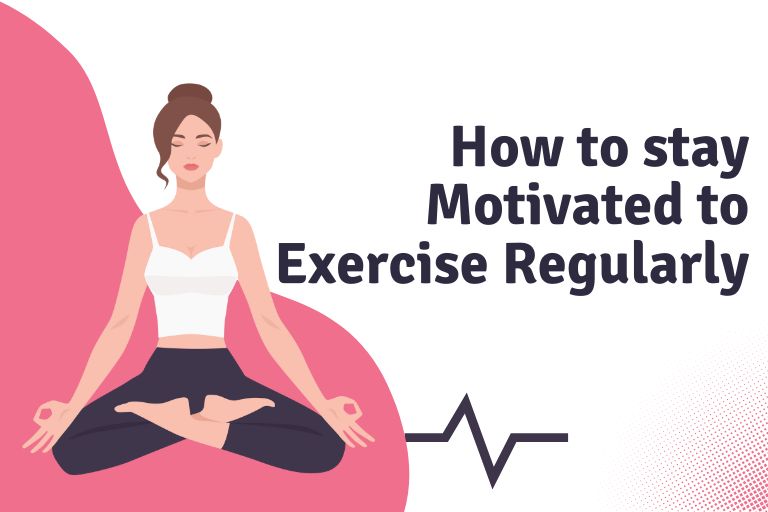
As the world becomes increasingly fast-paced and technology-driven, it’s more important than ever to find moments of calm and mindfulness in our daily lives. Meditation is a practice that has been around for centuries and has been shown to have numerous benefits for both the mind and body. If you’re new to meditation and not sure where to start, this simple guide will help you get started on your journey to a more peaceful and centered life.
The Benefits of Meditation
Before we dive into how to meditate, let’s first explore some of the many benefits of this ancient practice. Meditation has been scientifically proven to reduce stress, anxiety, and depression. It can improve focus, concentration, and memory. It can also help increase feelings of compassion, gratitude, and overall well-being. Regular meditation practice has even been linked to a stronger immune system and lower blood pressure.
Setting the Stage
Before you begin your meditation practice, it’s important to create a comfortable and peaceful environment. Find a quiet space where you won’t be disturbed. You can sit on a cushion or chair, or even lie down if that’s more comfortable for you. Make sure your posture is comfortable but also upright to promote alertness. You may want to dim the lights or light a candle for ambiance. Some people like to play soft music or nature sounds in the background, but this is optional.
The Basics of Meditation
Now that you’re in a comfortable environment, let’s talk about the basics of meditation. The most common form of meditation is focused attention, where you concentrate on a single point of focus, such as your breath, a mantra, or a visual object. Start by taking a few deep breaths to center yourself. Then, focus your attention on your chosen point of focus. When your mind inevitably begins to wander (as it will), gently bring your attention back to your focal point without judgment.
Guided Meditation
If focusing on your breath feels too challenging at first, you may want to try guided meditation. Guided meditation involves listening to a pre-recorded meditation session that guides you through the practice. There are countless guided meditations available online, ranging from just a few minutes to several hours. Find one that resonates with you and let the teacher’s voice lead you through the practice.
Body Scan Meditation
Another popular form of meditation for beginners is the body scan. In this practice, you systematically focus your attention on different parts of your body, starting from your toes and working your way up to your head. Notice any sensations or tension you may be holding in each body part and try to release it as you breathe. The body scan meditation can be a great way to relax and tune into your body’s signals.
Consistency is Key
Like any new habit, establishing a regular meditation practice takes time and dedication. Start with just a few minutes a day and gradually increase the duration as you become more comfortable. Consistency is more important than length, so aim to meditate every day, even if it’s just for a few minutes. Over time, you’ll likely notice the many benefits of meditation manifesting in your daily life.
Conclusion
Meditation is a simple yet powerful practice that can have profound effects on your mental, emotional, and physical well-being. By following this simple guide and incorporating meditation into your daily routine, you’ll soon experience a greater sense of peace, clarity, and overall happiness. Remember, meditation is a journey, not a destination, so be patient with yourself as you develop your practice. Namaste.
Start your meditation practice today and unlock the many benefits of this ancient practice.

